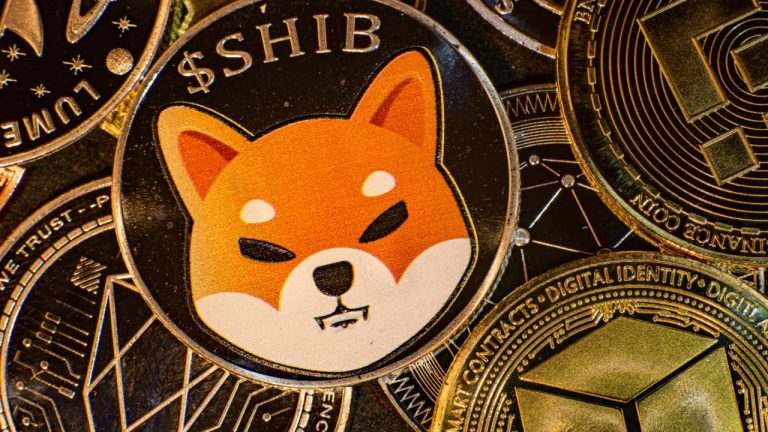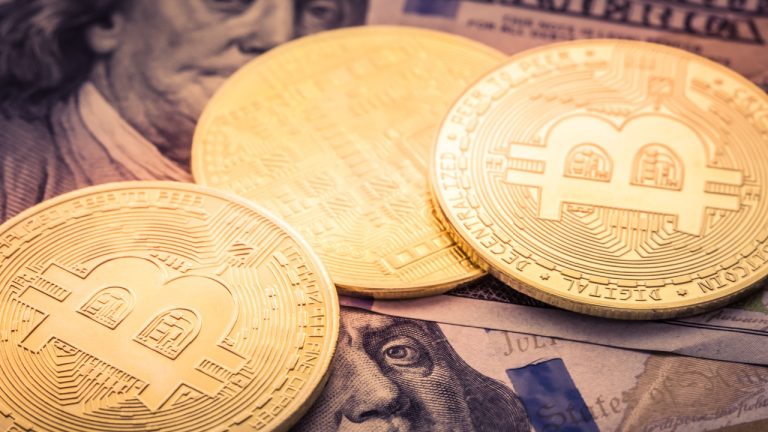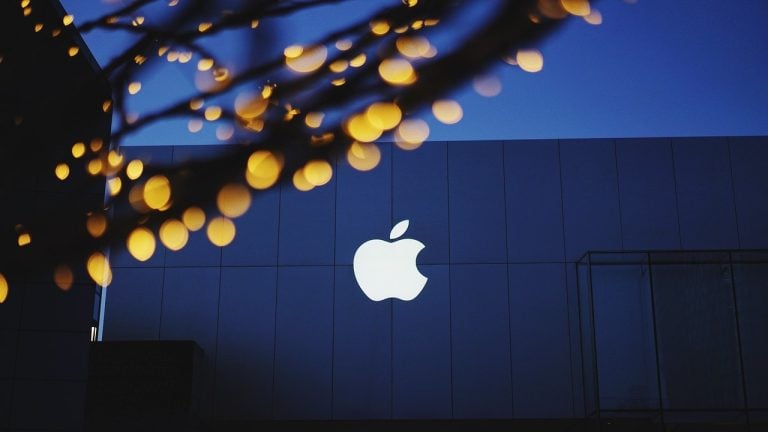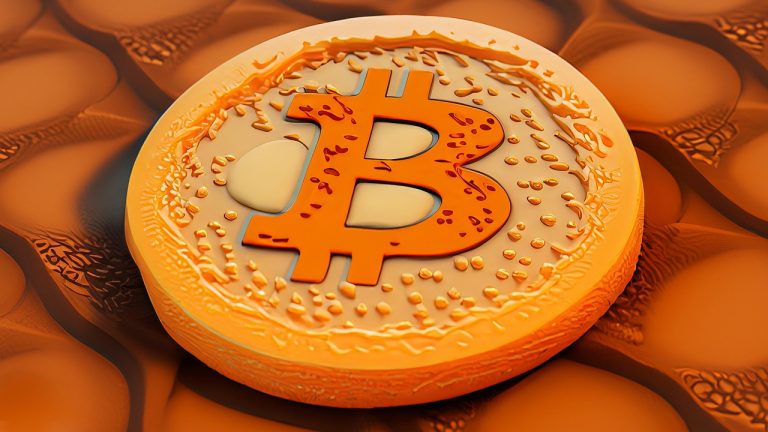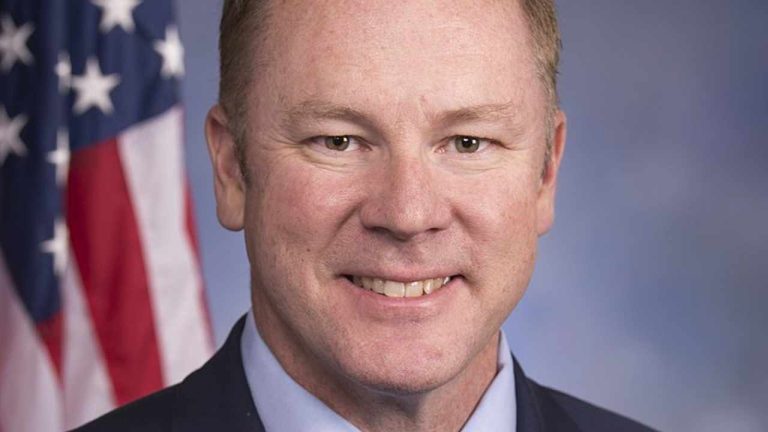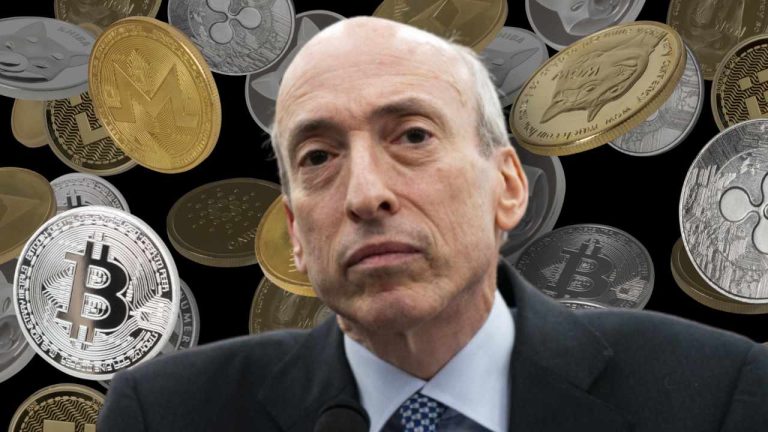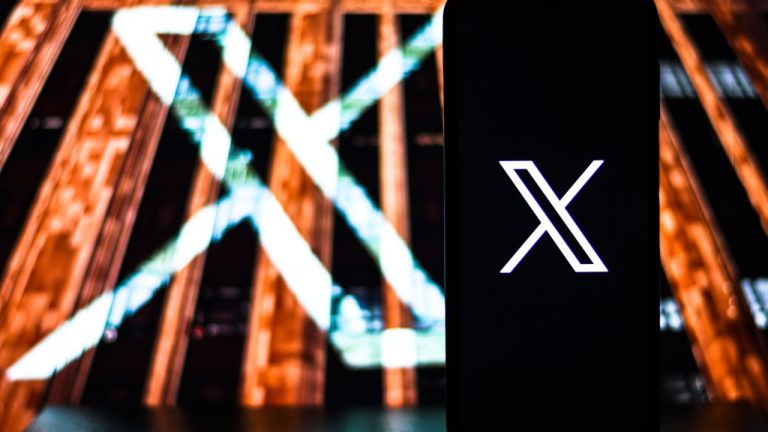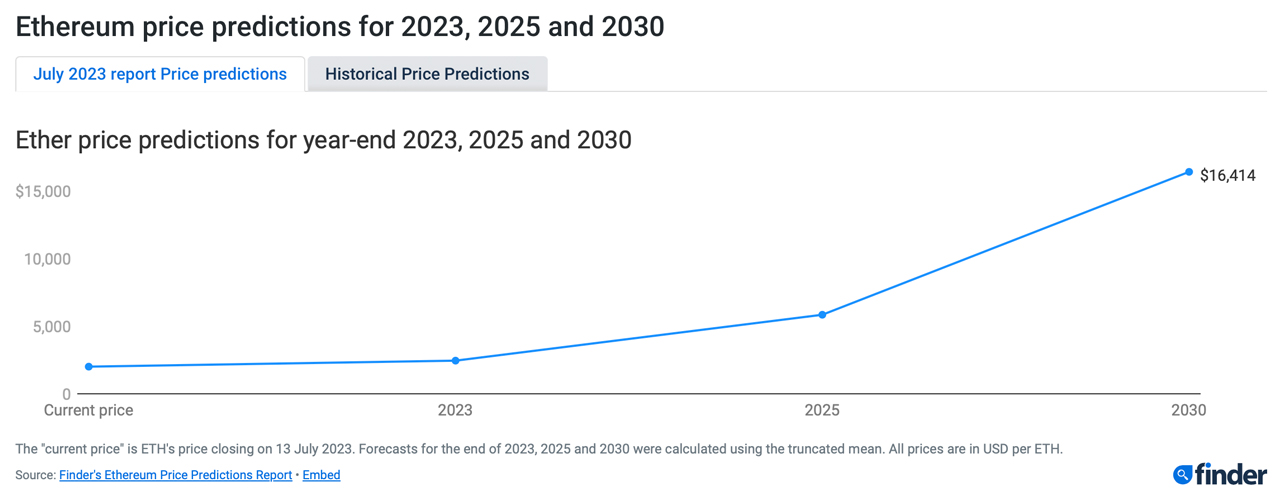
PRESS RELEASE. Swisstronik, the layer-1 network for developing scalable dApps which safeguard and maintain privacy for users’ data while remaining regulatory compliant, is excited to announce the launch of its first testnet. Swisstronik Testnet 1.0 is now available, offering dApp developers powerful encryption and enterprise-grade transaction security through Intel SGX technology. Simultaneously, Swisstronik’s first Bug Bounty is launching, with rewards reaching up to $31,000 per bug found.
Why join Swisstronik’s Bug Bounty?
With 750+ applications already received for early access to Swisstronik’s Testnet 1.0, it seems clear that this is a great opportunity any Web3 developer should explore. But earning rewards of up to $31,000 per reported bug (paid mostly in USDT) is not the only reason to join.
By supporting Swisstronik, developers also help the crypto community stay true to the decentralization spirit while adapting to the new crypto regulations that transform the industry as we speak. They can contribute to a more balanced Web3 where KYC and other user verifications don’t lead to personal data losses or dependence on centralized parties; where dApps can truly be integrated into the real world by using Swisstronik as a compliant bridge. And since this is their first Testnet ever, chances are even newbies could find some bugs.
After the Bug Bounty 1.0 closes on September 15, 2023, developers can expect the second Testnet and Bug Bounty to go live in the autumn with an even higher reward pool. Later, a Grant program for developers will also be launched to encourage app development within the Swisstronik ecosystem.
What will Testnet 1.0 achieve?
This release establishes the groundwork for creating compliant yet private decentralized applications (dApps) that are also Ethereum-friendly and provide developers with ease of access. Testnet 1.0 focuses on the core blockchain, without the Decentralized Identities block, but with the first of two planned data security levels.
The adoption of Intel SGX technology is central to Testnet 1.0, ensuring top-tier encryption and security within the Swisstronik ecosystem. All interactions with nodes, including transactions and queries, are kept secure through encryption, safeguarding data integrity and privacy throughout the network. By leveraging Intel SGX enclaves, transaction details remain protected even from the nodes, significantly enhancing the privacy and security of the Swisstronik blockchain. This feature is extremely important, especially when dealing with sensitive user information like KYC data which has often been the subject of many digital exploits in the past.
Moreover, Swisstronik focuses on interoperability from day one. Its Testnet 1.0 supports the Ethereum Virtual Machine (EVM) for seamless transitioning of Ethereum-based applications and smart contracts to the Swisstronik ecosystem. As the platform evolves, it aims to also integrate with the Cosmos network using the Inter-Blockchain Communication (IBC) protocol, ensuring a more scalable and interconnected decentralized experience. This strategic integration opens up new horizons for blockchain innovation, promising technical possibilities and seamless cross-chain interactions.
Understanding Swisstronik
Swisstronik is the first blockchain platform that enables anyone to create compliant yet private dApps with no legal knowledge and minimum coding required. This is made possible by a previously unseen combination of two functionalities.
The first one is Swisstronik’s Web3 Compliance Suite: the first of its kind. Swisstronik Compliance Suite is a self-regulating network that brings together international regulators, KYC issuers, and other legal service providers, similar to a DAO. They collaborate to adapt the Swisstronik system to local regulations in real time and consult the builders on internal compliance issues. As a result, Swisstronik-built apps are inherently compliant, even as regulations change.
Secondly, thanks to zk-SNARKs and Intel SGX, KYC, AML, and other user verifications can be performed on the Swisstronik blockchain in a private and secure manner.
As a result, by launching on Swisstronik or integrating one of its utilities in their apps on other chains, Web3 companies can become KYC, AML, and DPR compliant at a low cost. Finally, users can be confident that their data will remain private and secure even during identity verification.
Visit Swisstronik’s official website and Github for more information on the Bug Bounty program. Also, follow their Twitter for timely updates.
This is a press release. Readers should do their own due diligence before taking any actions related to the promoted company or any of its affiliates or services. Bitcoin.com is not responsible, directly or indirectly, for any damage or loss caused or alleged to be caused by or in connection with the use of or reliance on any content, goods or services mentioned in the press release.
via
Media




